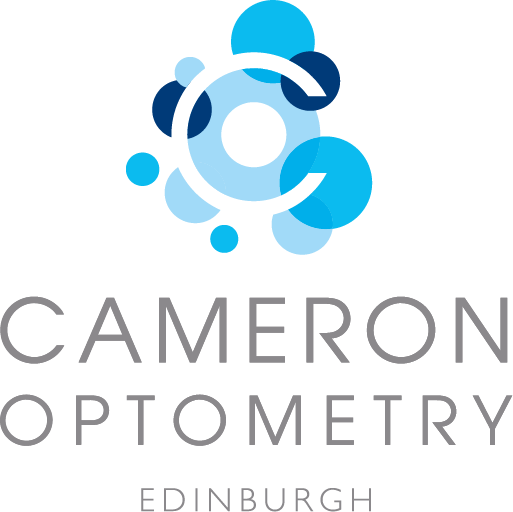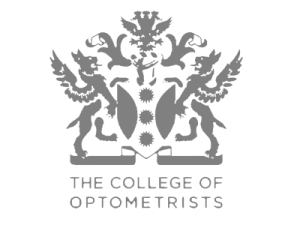With yesterday officially being the hottest day of the year so far, and dare I say it, the good weather predicted to last into August, It is perhaps the first summer in many that we have had to think about the effects of Ultra violet (UV) light on our body.
It is commonplace now to protect our skin with sun creams but what about protection for our eyes?
While our bodies are wonderful at repairing and replacing some damaged cells, the crystalline lens of the eye is an exception that is never replaced. Therefore gradual UV exposure over the years can lead to the early development of cataract, causing reduced vision. Ocular UV related changes are not limited to cataract but have a role in the development of age related macular degeneration , photo keratitis, pterygium and can cause melanomas of the skin around the eye and eyelids.
Most sun damage is accrued during the early developmental years of life, perhaps only showing itself later in life. Therefore sun protection for children is vital.
So how do we protect our eyes from the harmful UV exposure? A good pair of sunglasses is a great start. These should offer protection to the level of UV 400. This means that 99-100% of harmful UVA and UVB wavelengths are blocked out. The style and fit of the spectacles can also make a difference. The larger the lens, or the more wrap around the style then the more UV light is blocked out. Be very wary of cheap sunglasses without the UV400 protection. The dark nature of these lenses causes the pupil to get bigger behind the lens, allowing even more harmful light into the eye. Standard spectacle lenses do not offer UV protection.
A great benefit of many modern soft contact lenses and some RGP lenses is that they have a built in level of UV protection. This means the added benefit of year round UV protection as well as coverage of the whole eye.
Good nutrition is another way of protecting the retina from potential UV damage. Lutein is an antioxidant that protects the delicate cells at the macula. It can be found in many of the ocular supplements you find at the chemist or in health food shops and naturally in dark green leafy veg such as Kale, spinach and broccoli.












